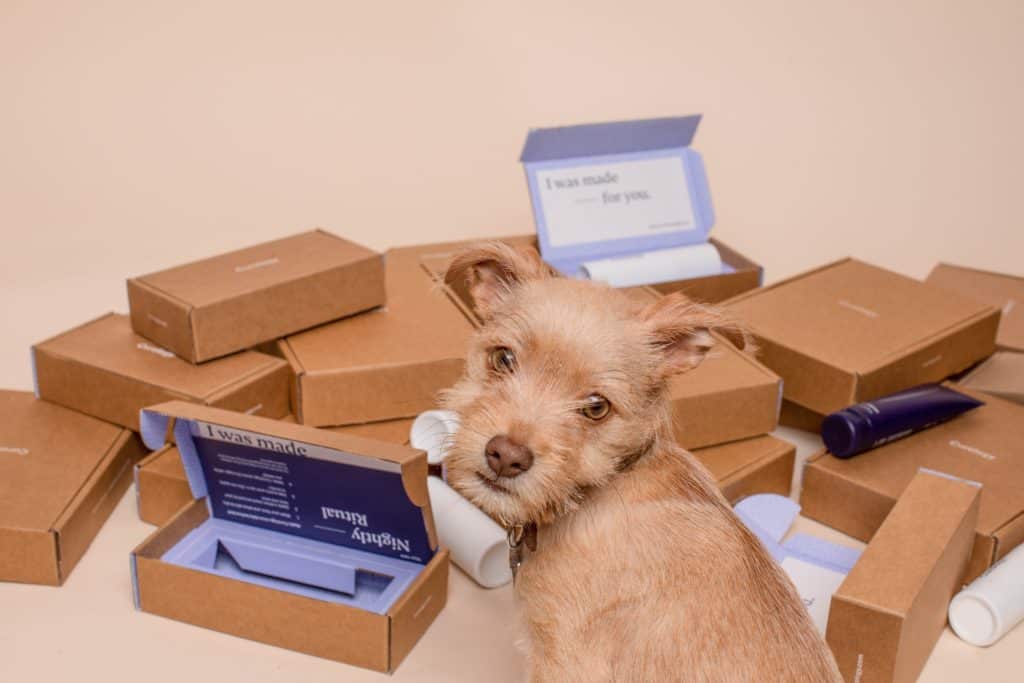
Email marketing is one of the most important ways to stay in front of and recruit new customers. But, if you don’t have active readers, what’s the point of all that work? Best practices for businesses include re-engagement email campaigns that attempt to revive your lost readers. Re-engagement campaigns are independent of your sales, abandoned carts, or other automated email flows you’ve created. Instead, a re-engagement campaign tries to wake up your email list by enticing them to open your correspondence or unsubscribe from your list.
Companies diligent about sending emails to customers and leads can amass substantial lists. And those lists tend to make business owners feel an inflated sense of false accomplishment because these large lists often equate to vanity numbers.
“The type of re-engagement campaign you choose depends on the action you want subscribers to take.”
For example, a list of 5,000 email addresses with an open rate of only 2% doesn’t mean much. That’s why it’s crucial to your business that you cull and clean your email list with a scheduled re-engagement campaign. This process includes allowing people to unsubscribe and removing them yourself.
Yes, it can be a shock to go from 5,000 to 2,000 subscribers, but the quality of your list will be superior, not to mention more realistic. To paraphrase Pulp Fiction’s Marcellus Wallace, as your list diminishes, you may feel a slight sting. But that’s pride messing with you. Pride only hurts. It never helps.

How to Start Your Re-Engagement Campaign
Define What Is Inactive For Your Business
What is inactive for you and what is stagnant for another company will be different—but not too different. For example, a subscriber who hasn’t opened the last 12 emails your business sent out is obviously asleep and unengaged. (In fact, if you have people on your list who haven’t opened an email from you in more than two years, do yourself a favor and unsubscribe them on your own. There’s a good chance your emails are being flagged as spam, and that’s detrimental to your reputation.) However, your clothing business may consider a person who hasn’t opened an email in the last month as inactive versus the person who operates the ice cream shop whose reader has been unengaged for six months. Your unopened emails may be a matter of content or frequency—no matter which, determine who you’ll target and segment your audience accordingly.
Next, create your email for that segment. For instance, “all subscribers who haven’t opened an email in the last three months,” and determine the campaign strategy and what a successful outcome to the campaign will be. If it’s your first re-engagement campaign, your progress will be measured by thinning out your list. This will result in a more engaged audience, a better click-through rate (CTR), more conversions and customers, and improved email deliverability. The next time you dive into your email marketing report, you’ll be pleased with the higher percentages you see across the board.
“Offer your reader the option of changing the type of emails they receive.”
Types of Re-engagement Campaigns
The type of re-engagement campaign you choose depends on the action you want subscribers to take. Make sure you use catchy subject lines, an exceptional design that looks attractive on desktop and mobile, and that the emails aren’t too long. Remember, these subscribers haven’t opened an email from you in a long time. Don’t make them regret it.

Customize Email Preferences:
Offer your reader the option of changing the type of emails they receive. Do they only want to receive messages about product updates, sales, or new blogs? Tag and segment your audience and then only send the selected emails to your customers. People who get way too many emails in their inbox every day will appreciate your thoughtfulness.
Feedback Survey:
Send subscribers a survey. Ask if there is specific content they’d rather receive from you. For example, if you’re spending time writing about email engagement campaigns, but they’d prefer to read about the best weekend getaways within 20 miles, maybe you need to reconsider content strategy or at least why someone signed up for your company’s newsletter list.
“Losing subscribers isn’t losing when all they do is wreck your reports and analytics.”
Stay Subscribed Option:
If your email marketing is B2B focused, make it simple. Use a catchy subject line, such as, “Should You Stay, or Should You Go?” Tell them you’d love them to stay with you and to remain opted in. Add a friendly, bright call-to-action conveniently named, “Yes! Keep Me In!” Then, kindly tell them if there’s no action on their part, your company will unsubscribe them within a few days—and then do it.
Revive Your Sales:
If a segment of your audience deletes your emails as soon as they float into their inbox, clearly they’re not buying your goods and services. With a wake-up email campaign, send them one last chance. In your subject line, type, “One Last Chance for 10% Off.” In the email, offer them a deal for 10 days, show them the opportunity to unsubscribe (of their own volition), and set up your marketing to unsubscribe them yourself after the 10 days pass. Remember, they aren’t purchasing anything, so it doesn’t hurt you whatsoever.

The Final Results
Whether you email something weekly, monthly, or quarterly, you should look at all the reports generated by the email platform you use, and you should look at them carefully. Most email marketing tools offer data about the CTR, demographics, which links and images subscribers clicked on, how often they opened your email, and more. You can get pretty in the weeds if you’re someone who loves data. What you’re looking for, above all else, though, is the open rate. If you have readers who aren’t engaging, consider 1) why they don’t want to open your message, 2) how you can remedy it, and 3) if they even need to be on your list. From there, determine how you want to wake them up, and then get after it.
Losing subscribers isn’t losing when all they do is wreck your reports and analytics. Remember what Marcellus said: The sting is only slight.
